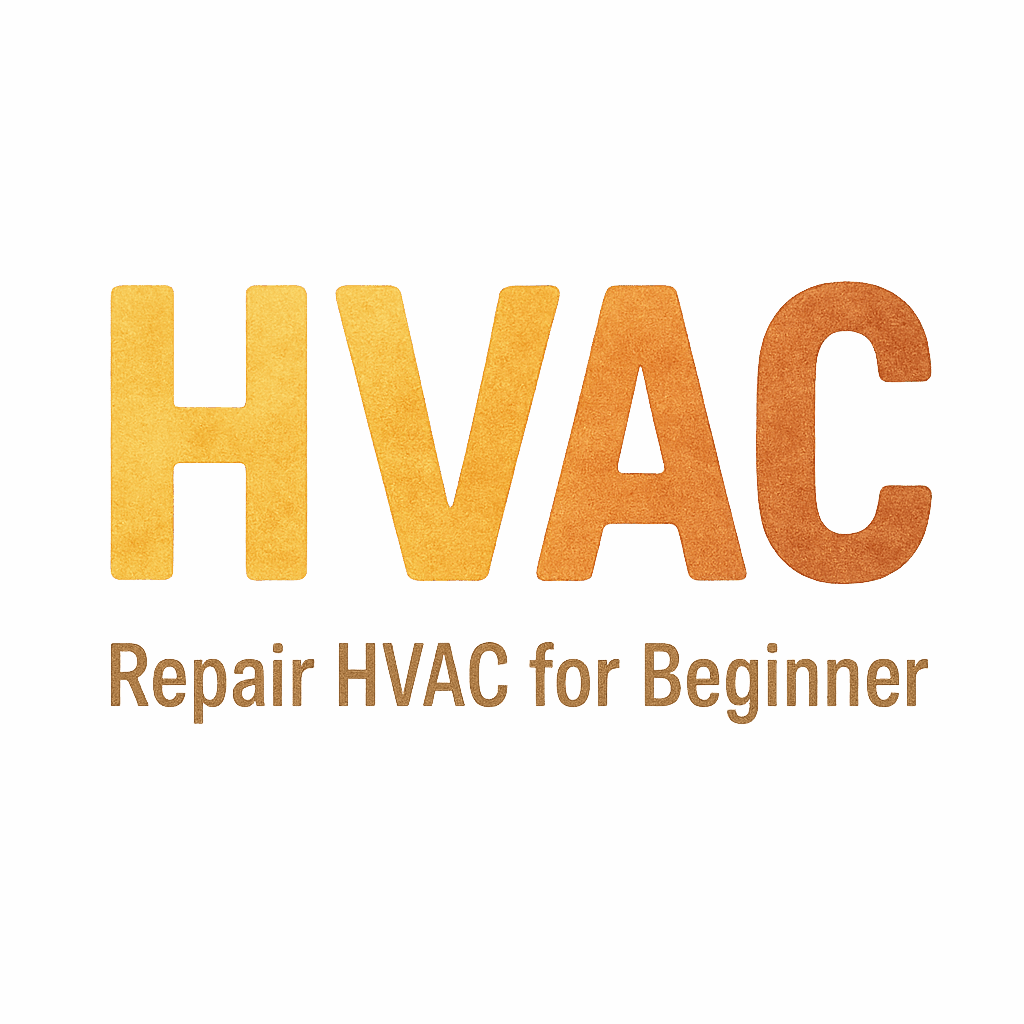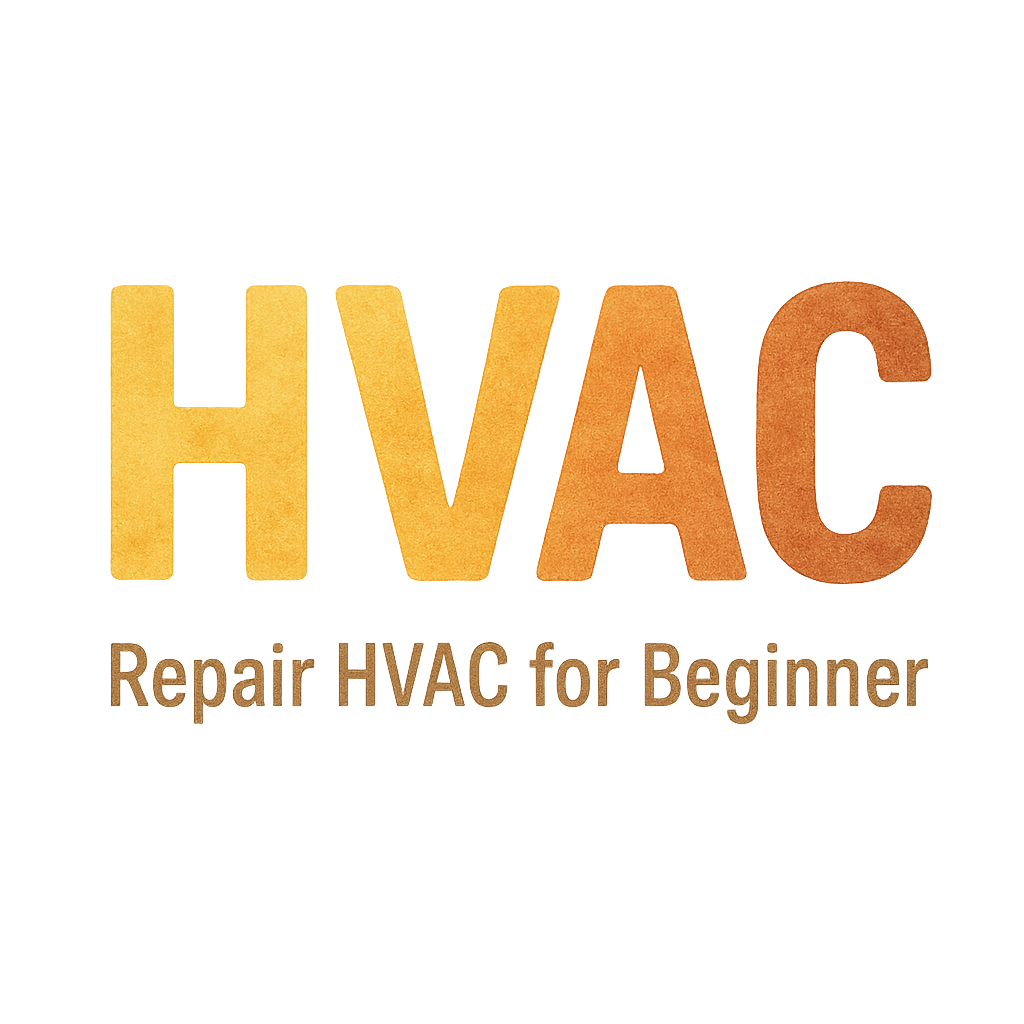Introduction
Have you ever noticed some rooms in your home are too cold while others are overly warm? Uneven heating in your HVAC system is a common issue that can be frustrating and uncomfortable. Not only does it affect your home’s comfort, but it can also result in higher energy bills. In this article, we’ll explore the common causes of uneven heating and share seven actionable steps to fix the issue and get your HVAC system back on track.

What Causes Uneven Heating in HVAC Systems?
Before diving into solutions, it’s important to understand why uneven heating happens in the first place. Several factors can contribute to this problem. By identifying the root causes, you can apply the right fix.
Poor Insulation
One of the main reasons for uneven heating is poor insulation in your home. Insulation helps retain warm air, and if your home is lacking in key areas (like the attic or basement), certain rooms will feel cold. This makes it harder for your HVAC system to maintain a consistent temperature throughout your home.
Learn more about improving your home’s insulation on our HVAC Basics for Beginners page.
Clogged or Dirty Air Filters
Air filters are designed to trap dust, dirt, and debris from the air. Over time, they can become clogged, restricting airflow and reducing the system’s ability to heat your home evenly. If your filters are dirty, your HVAC system will struggle to circulate warm air, leading to temperature inconsistencies.
Regular filter maintenance can prevent this. Check our guide on HVAC System Diagnosis for more info on identifying air filter issues.
Issues with Ductwork
Ductwork is responsible for transporting warm air from the HVAC unit to different rooms in your house. If the ducts are leaking, clogged, or damaged, the air may not reach certain rooms, resulting in uneven heating.
For tips on inspecting and repairing ductwork, explore our Troubleshooting and Repair page.
Incorrect Thermostat Settings
Sometimes, the issue isn’t the HVAC system itself but the thermostat settings. If the thermostat is not calibrated properly or located in a drafty spot, it may give inaccurate readings, causing some areas to be warmer or colder than others.
Need help with thermostat problems? Learn more in our HVAC Maintenance and Cleaning section.
Zoning System Problems
If your HVAC system uses a zoning system, problems with the sensors or controls could lead to uneven heating. A malfunctioning zoning system could make certain rooms overly hot while leaving others cold.
Interested in zoning systems? Check out our Tools and Equipment page for more insights on installation and maintenance.
Low Refrigerant Levels
Low refrigerant levels can cause your HVAC system to struggle in heating your home effectively. This is a common issue in air conditioning units, but it can also impact heating performance, leading to uneven temperatures across your home.
Learn more about managing refrigerant levels and avoiding common HVAC mistakes in our Repair Tips section.
Malfunctioning HVAC Components
Finally, malfunctioning components like the blower motor, compressor, or fan can affect airflow, which results in uneven heating. If any of these components fail or become inefficient, the system will have trouble maintaining a consistent temperature.
To learn more about HVAC components, visit our Protective Equipment and Safety Gear page.
7 Ways to Fix Uneven Heating in Your HVAC System
Now that we understand the causes, let’s explore seven ways to fix uneven heating in your HVAC system and improve your home’s comfort.
1. Inspect and Replace Air Filters Regularly
Dirty or clogged air filters restrict airflow and can lead to uneven heating. Replacing or cleaning your filters regularly is one of the easiest ways to fix this issue and ensure efficient air circulation.
How to Fix It:
- Check filters every 1-3 months and replace them if they’re dirty.
- Clean reusable filters according to the manufacturer’s instructions.
For detailed maintenance tips, visit our Checklist for HVAC Maintenance.
2. Check and Repair Ductwork Leaks
If your ducts have leaks or blockages, heated air is likely escaping before it reaches certain rooms. To fix this, inspect your ductwork and repair any issues.
How to Fix It:
- Look for visible damage such as holes or tears in your ducts.
- Use mastic sealant or duct tape to seal small leaks.
- Replace severely damaged sections of ductwork.
Find out more about troubleshooting ductwork in our Common Problems and Solutions section.
3. Upgrade Insulation in Problem Areas
Inadequate insulation can result in heat loss and uneven temperatures. Consider upgrading insulation in areas like the attic, walls, and basement to improve the overall comfort of your home.
How to Fix It:
- Add or replace insulation in poorly insulated areas.
- Use foam board or spray foam insulation for high-performance in extreme temperatures.
- Seal any gaps around windows and doors to prevent drafts.
Learn how to enhance your home’s insulation with our Monthly HVAC Care tips.
4. Recalibrate the Thermostat
An improperly calibrated thermostat can give false readings, leading to uneven heating. It might be time to recalibrate or even replace your thermostat.
How to Fix It:
- Ensure that your thermostat is located in a central location away from drafts or heat sources.
- Recalibrate or replace your thermostat if it’s outdated or malfunctioning.
For more information on thermostat settings, check out our HVAC Repair Mistakes to Avoid.
5. Install a Zoning System
If your home has multiple levels or rooms with different heating needs, installing a zoning system can help distribute air more efficiently. A zoning system allows you to control the temperature in different areas of your home independently.
How to Fix It:
- Contact a professional HVAC technician to install a zoning system.
- Set up individual temperature zones based on the usage of each room.
For zoning system installation tips, refer to our HVAC Tools and Equipment page.
6. Check Refrigerant Levels
Low refrigerant levels can cause your HVAC system to malfunction, resulting in uneven heating. If you suspect low refrigerant, call a professional to inspect your system.
How to Fix It:
- Have an HVAC technician check and top up refrigerant levels.
- Ensure there are no leaks in the refrigerant line.
To learn more about refrigerant issues and how to avoid them, visit our HVAC Repair Safely page.
7. Regularly Maintain HVAC Components
Regular maintenance is key to ensuring that all HVAC components function properly. A well-maintained system will circulate warm air more effectively, preventing uneven heating.
How to Fix It:
- Schedule annual or semi-annual HVAC maintenance with a licensed technician.
- Have the technician check all major components, such as the blower motor, compressor, and fan.
For expert tips on HVAC maintenance, visit our HVAC Maintenance Checklist.
Conclusion
Uneven heating in your HVAC system can be caused by several issues, but the good news is that it’s fixable! Whether it’s replacing air filters, sealing ductwork, or upgrading insulation, following these seven steps will help your HVAC system run more efficiently and provide consistent heating throughout your home. Don’t forget to schedule regular HVAC maintenance to prevent future problems.
FAQs
1. How often should I replace my air filters?
It’s recommended to replace your air filters every 1-3 months. However, if you have pets or live in a dusty area, you may need to replace them more frequently. HVAC Maintenance Guide
2. How can I tell if my ducts are leaking?
Inspect your ducts for visible damage or use a smoke pencil to detect air leaks. If you find any, seal them using mastic or duct tape. Ductwork Troubleshooting
3. Can a bad thermostat cause uneven heating?
Yes, if your thermostat is malfunctioning or poorly located, it can lead to uneven heating by providing inaccurate temperature readings. Thermostat Issues Fix
4. What are the benefits of a zoning system?
A zoning system allows you to control the temperature in different areas of your home, helping to avoid hot or cold spots and improving energy efficiency. Zoning System Guide
5. How do I know if my refrigerant levels are low?
If your system is not producing enough heat, or if it’s making strange noises, it might be a sign of low refrigerant. Have a professional technician inspect and refill it. Refrigerant Maintenance
6. Why does my HVAC system struggle to heat some rooms?
This can be due to poor insulation, blocked ducts, or problems with your thermostat. Check these areas for potential issues. HVAC System Troubleshooting
7. How can I prevent uneven heating in the future?
Regular maintenance, including filter replacement, duct inspection, and HVAC servicing, is the best way to keep your system running smoothly and avoid uneven heating. Preventative HVAC Care


